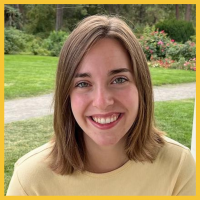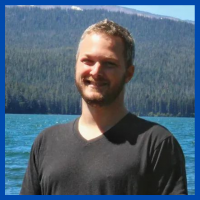GGAM would like to honor and celebrate the work that two of our students have put into earning their recent fellowships. The Eivind Lange Fellowships support graduate students in their work conducting research in Chile in partnership with UC Davis Chile Life Sciences Innovation Center
UC Davis established the UC Davis Chile Life Sciences Innovation Center (UC Davis Chile) in Santiago, Chile in 2015 to advance science and technology through collaborative research between UC Davis and Chilean investigators, extend knowledge from California to Chile through extension/outreach activities, and strengthen the historical relationship between Chile and California. UC Davis Chile is a part of Global Affairs at UC Davis. Visit the UC Davis Chile website for more information on the center’s mission and activities.
Alaina Stockdill

Alaina Stockdill’s research proposal discussed incorporating temperature dependence into a dynamic ecological food web network model to study the impact of climate warming on marine ecosystems. By identifying vulnerable species and evaluating ecosystem persistence and resilience in the face of warming, we can predict changes in food and income security for Chilean coastal communities.
Casey Duckwall

Casey Duckwall’s research proposal discussed how several marine species undergo dispersal early in their life cycle, connecting otherwise spatially distinct populations by supplying recruits from one habitat to another and allowing species to colonize new habitats along the coast. Mathematically modeling the dispersal process and its effects on population dynamics represents a novel frontier in ecological theory. In this project, we seek to integrate dispersal mechanisms into a cutting-edge framework for population dynamic modeling to better understand ecosystem functioning along the central Chilean coast. This proposed work aims to identify specific sites along the Chilean coast that are capable of not only supporting local species populations but which are capable of significantly contributing to the functioning of neighboring habitats through larval dispersal. This information will be of vital interest for conservation efforts in this precious marine ecosystem.
Congratulations Casey and Alaina!

